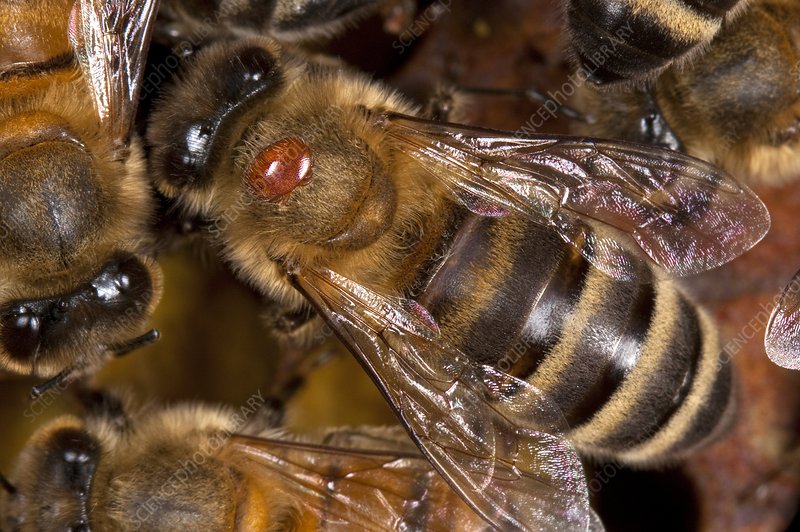



Article by: Hari Yellina
The emergency zone has been expanded as a result of the discovery of three additional properties with Varroa mite infestations. Acting Chief Plant Protection Officer for the NSW Department of Primary Industries (NSW DPI), Dr. Chris Anderson, announced that the emergency zone, which had already been expanded to include Bulahdelah on the mid-north coast and south of Newcastle at Calga on Thursday, has now been expanded once more to include the Port Stephens Peninsula region. There are currently 16 locations where it has been established that the Varroa mite has infiltrated the hives. These locations include Tanilba Bay, Salt Ash, and another in Mayfield East.
Dr. Anderson stated that subsequent beekeeping reports and investigations by NSW DPI investigators had revealed three varroa mite infestations at these premises. As a result, the Port Stephens Peninsula is now a part of the emergency order’s red 10-kilometer eradication zone, where beehives will be put to death. As part of the massive effort to stop the threat’s spread, “NSW DPI biosecurity experts continue to act to protect the NSW bee sector in collaboration with Local Land Services, NSW Police, Rural Fire Service, and the wider community.” In order to help ensure the honeybee industry’s continued success, Mr. Anderson said the NSW DPI continues to ask everyone who has purchased honeybees (including queen bees, nucleus hives, and hives with honeybees) within the 50-kilometer emergency notification zone of the Port of Newcastle to report them.
Community reporting will be crucial in facilitating and liberating honeybee movement throughout the whole of NSW, particularly around almond pollination, according to Dr. Anderson. The Varroa mite response plan has also been updated, and while it is still necessary to put honeybee colonies out of commission in eradication zones and destroy internal hive equipment like brood and honey frames, other equipment will only be destroyed when a risk assessment deems it necessary. There are also options to decontaminate external equipment like hive boxes, pallets, and straps as well as metal ware so beekeepers can keep them. Beekeepers are reminded of the group permit that enables the relocation of honeybees and hives in flood-prone locations to higher ground on the property or, if that is not possible, to another location within the same emergency zone. The hives “cannot be transferred back to the original place” once they have been moved in accordance with this Permit, according to Dr. Anderson.